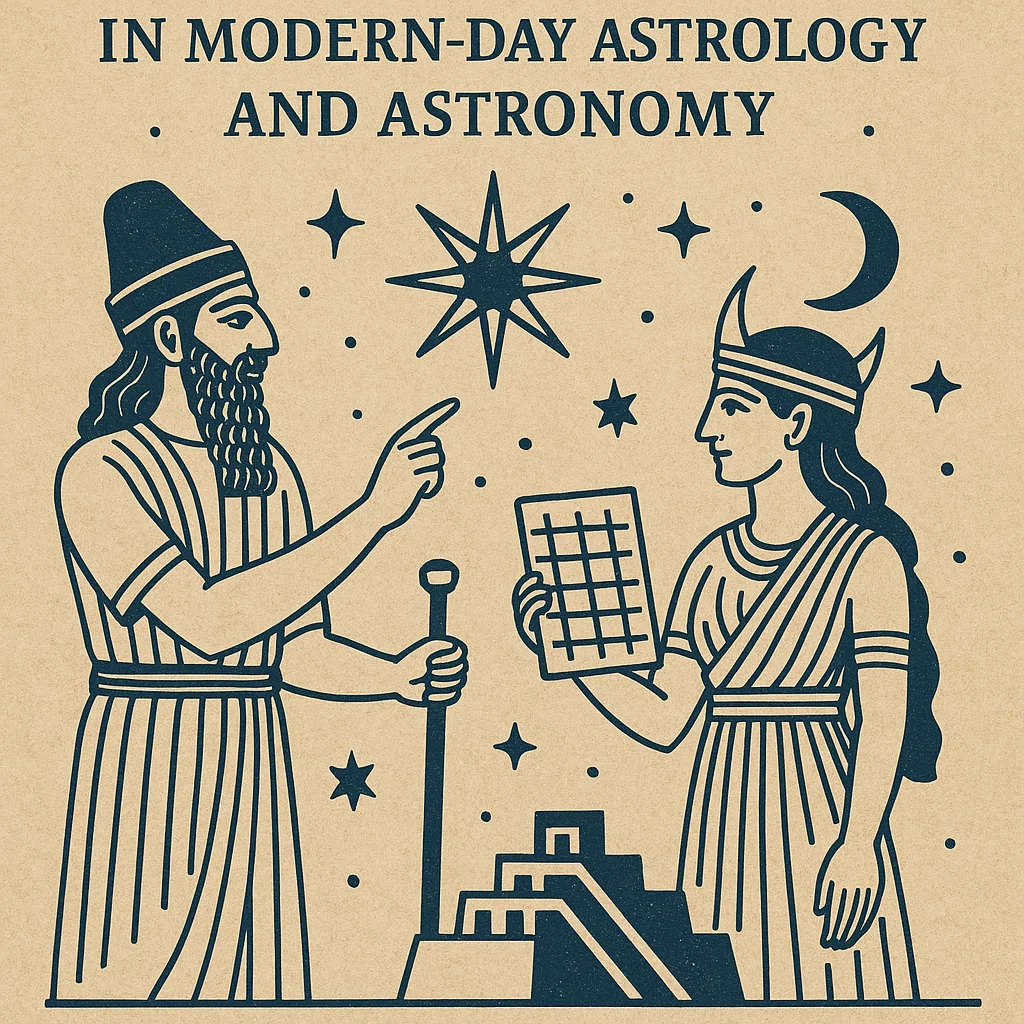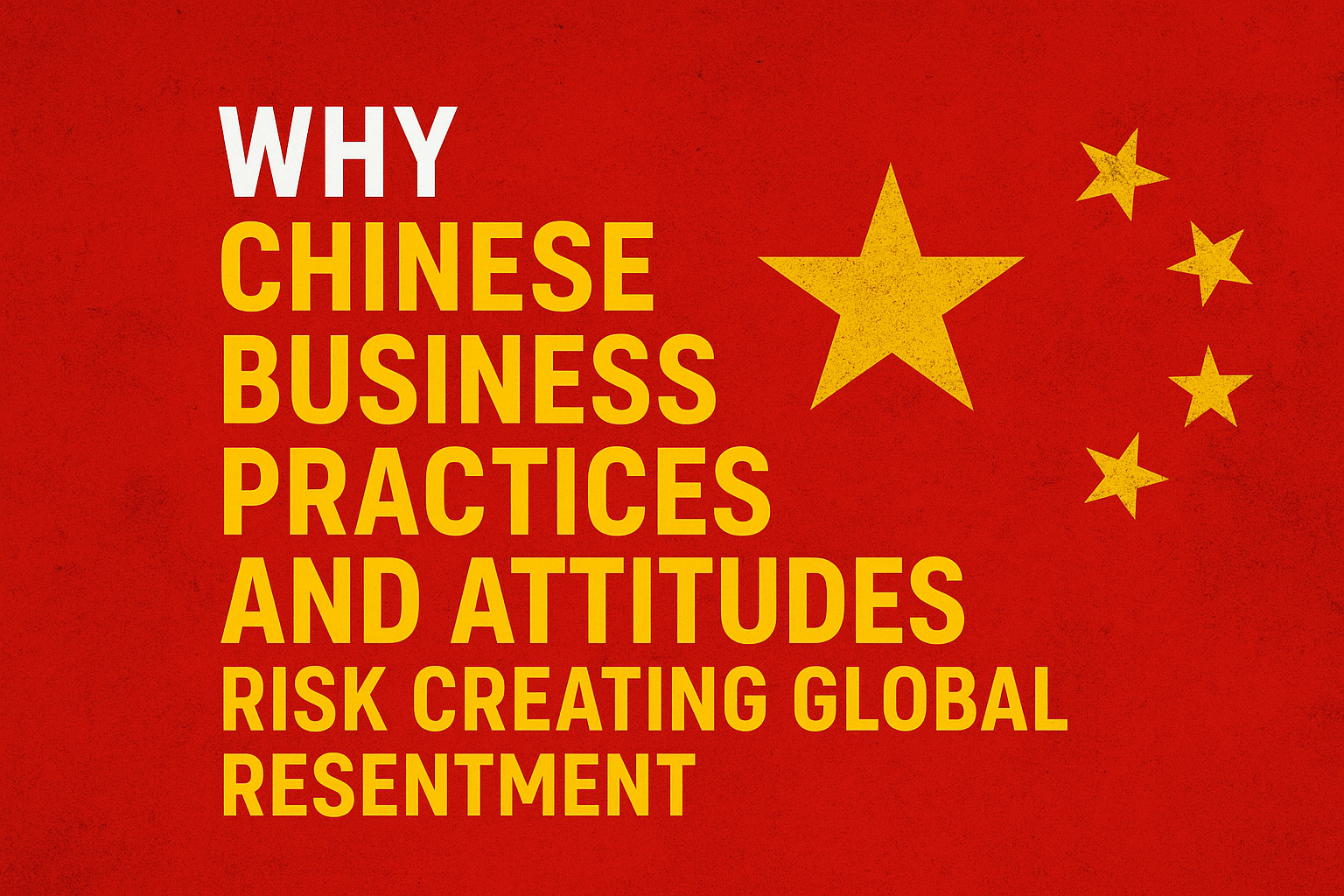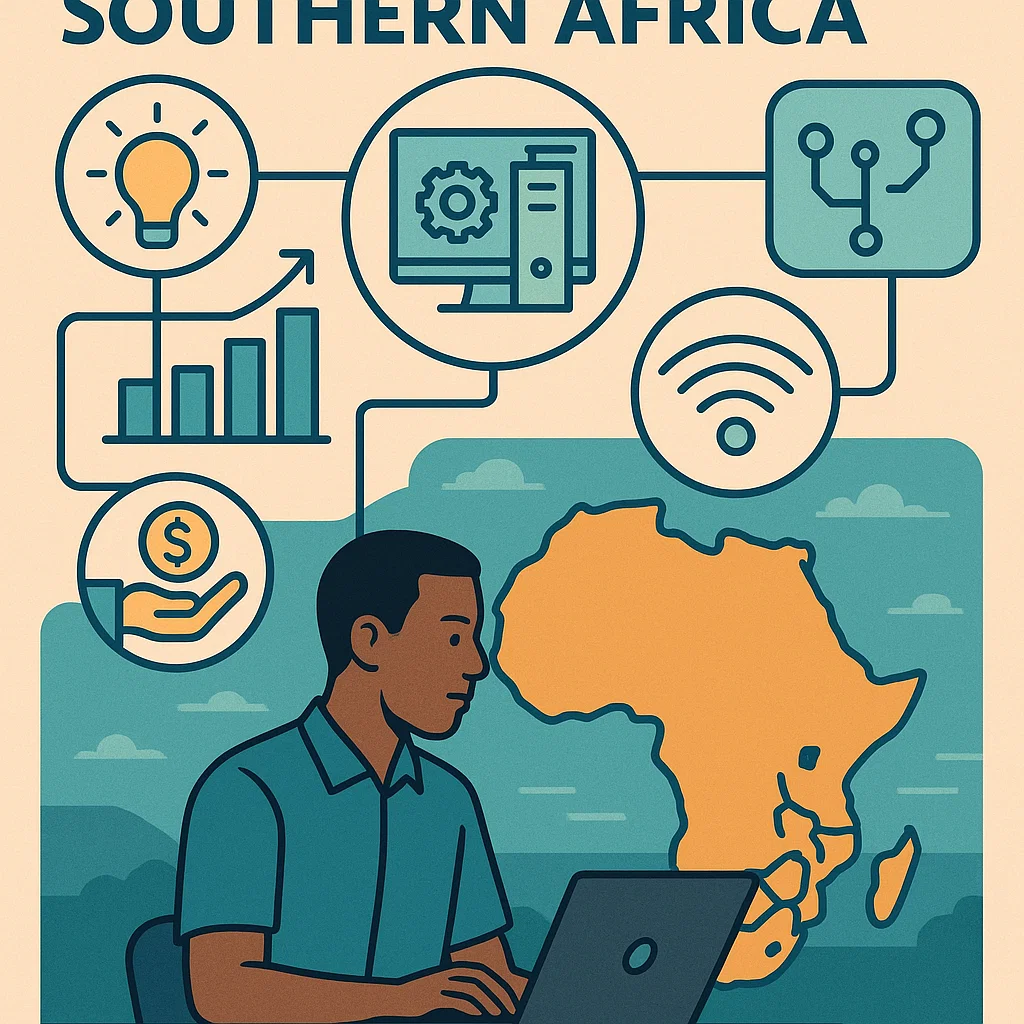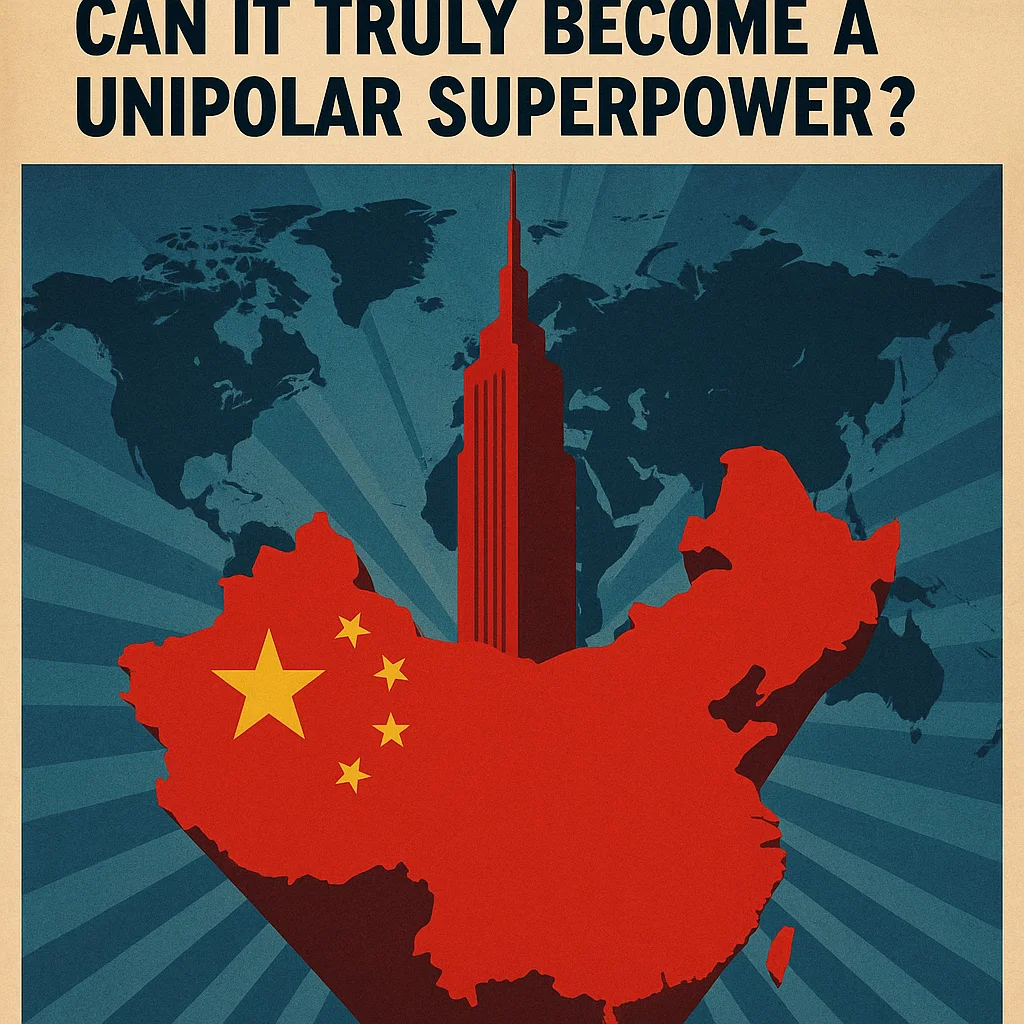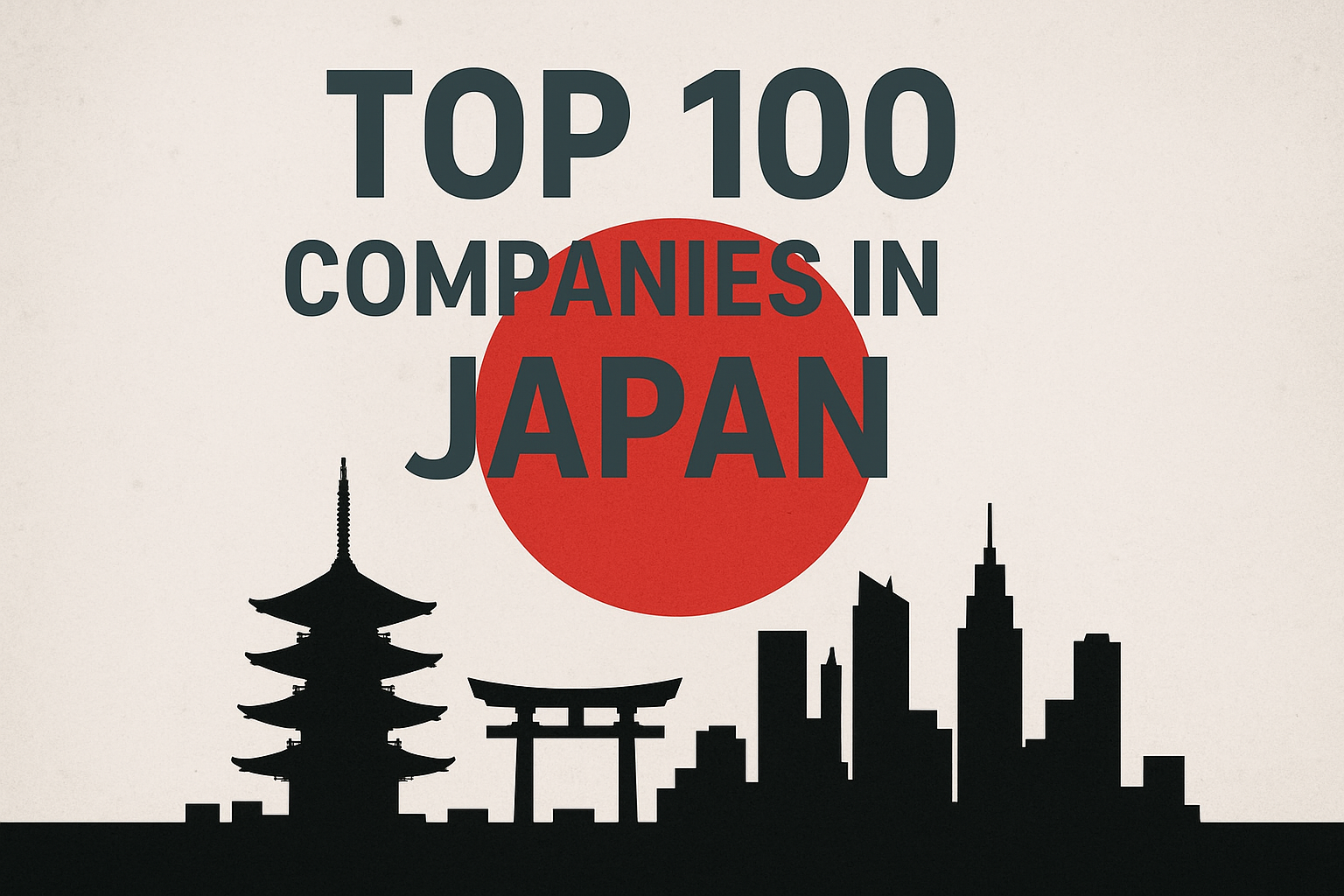Introduction: A Different Kind of Rise
For centuries, the story of global power has been written in blood and conquest. The Romans carved their empire through legions. The Mongols rode across Eurasia with unmatched ferocity. The British dominated seas and colonies through naval supremacy. The United States ascended to unipolar status after two world wars and decades of Cold War rivalry. In every case, war was the crucible of empire.
China, however, breaks this mold. Despite being one of the world’s oldest and most advanced civilizations, it has never expanded far beyond its own borders through war. Its history is defined less by outward conquest and more by defending its vast territory from nomadic raids, colonial intrusions, and regional threats. Today, as the world debates whether China will overtake the U.S. as the next superpower, the question arises: Can China truly become a unipolar superpower without the military legacy of global war?
This is not a question of economics alone. It is about history, legitimacy, and the architecture of global power.
The War Factor: How Superpowers Are Forged
History demonstrates a clear pattern: no nation has ever achieved unchallenged global or regional dominance purely through economic weight or cultural sophistication. Superpowers and empires, whether ancient or modern, have been forged in the crucible of war. Conquest, conflict, and military victories have provided not only territory but also legitimacy, fear, and the recognition of rivals.
Take Rome, whose empire was built step by step through relentless military expansion. The legions were not just an army; they were the machinery of empire-building, securing provinces, extracting resources, and enforcing Roman law. It was war that enabled Rome to integrate vast lands across Europe, North Africa, and the Middle East into a unified political and economic system.
The Mongols, under Genghis Khan, are another example. Their empire — the largest contiguous land empire in history — emerged entirely from military genius and ferocity. They did not innovate commerce or soft power in the modern sense; instead, they rewrote the map of Eurasia through horseback warfare, leaving behind trade networks (like the Silk Road revival) that reshaped global history.
The Ottomans similarly rode to power on the back of military victories. The conquest of Constantinople in 1453 was not just symbolic — it made the Ottomans the new arbiters of East–West trade and power. Their dominance stretched from the Middle East to the Balkans and North Africa, secured through centuries of campaigns.
And then there are the Arabs of the early Islamic Caliphates. Within a century of the Prophet Muhammad’s (PBUH) passing, Arab armies had swept across the Middle East, North Africa, Persia, and even into Spain. This was not simply a cultural expansion but a militarized one. Through wars and battles, the Arabs built a transcontinental empire that fused religion, governance, and trade into a civilizational force. Their example underscores how war catalyzed the rapid rise of a new global order, shifting power away from the old Byzantine and Persian empires.
Fast forward to the British Empire, which turned naval supremacy and colonial wars into global dominance. The empire’s reach was not gifted by trade alone; it was sustained by violent suppression, military garrisons, and wars with rivals from France to India. The United States, too, became the unipolar hegemon not by commerce alone but by war: it emerged from WWII as the unrivaled industrial and military power, then used Cold War containment strategies and proxy conflicts to entrench its supremacy.
In short, war has historically been the indispensable ingredient of empire and superpower status. It is the tool that forces recognition from rivals, establishes fear among adversaries, and rewrites the rules of global order. Without it, economic or cultural achievements alone rarely translate into unquestioned hegemony.
China as a Civilizational State
Unlike Rome, the Mongols, the Ottomans, the Arabs, the British, or the Americans, China’s story is different. Its claim to greatness has rarely come from conquest or wars of expansion. Instead, China is a civilizational state — a power rooted in culture, continuity, and economic weight rather than in battlefields and bloodshed. This is why many historians argue that while China can become an economic superpower, it may never fit the historical template of a unipolar hegemon.
For most of its 5,000-year history, China looked inward rather than outward. The Great Wall itself was not a launching pad for empire but a defensive structure — a massive civilizational shield against nomadic invasions from the north. Unlike the Mongols or Arabs who expanded rapidly across continents, China rarely ventured far beyond its traditional borders. The Chinese worldview, shaped by Confucian philosophy, emphasized order, hierarchy, and stability at home rather than conquest abroad.
Even during its strongest dynasties, such as the Tang and Ming, Chinese power projected outward more through tributary systems than through war. Neighboring states like Korea, Vietnam, and parts of Southeast Asia acknowledged Chinese supremacy by sending tribute, not by being crushed in endless wars. This system reinforced the idea of China as the “Middle Kingdom” — the civilizational center to which others gravitated. But it did not resemble the violent imperialism of Rome, Britain, or the Ottomans.
The Ming dynasty’s voyages under Admiral Zheng He (15th century) are often cited as proof of China’s global ambition. Yet even these expeditions were not military conquests. Zheng He sailed massive fleets to India, Africa, and the Arabian Peninsula, showcasing China’s wealth and power, but he did not seize colonies or redraw political borders. When the voyages ended, China simply turned inward again, more interested in rice harvests and stability than in faraway dominions.
This historical pattern shapes modern China’s strategy too. Beijing seeks power through trade, infrastructure, and economics — the Belt and Road Initiative (BRI) being the clearest example. Ports, railways, and digital infrastructure replace warships and armies as the tools of influence. China wields checkbooks, not cannons. It is, in essence, trying to rewrite the script of superpowerdom: dominance without conquest.
But here lies the paradox. Because history shows that superpowers are forged by war, China’s reluctance to use military power on a global scale raises doubts about whether it can ever achieve true unipolar dominance. It may become the world’s largest economy, the biggest trading nation, and a technological leader, but without the fear and recognition that military victories historically provide, China may always remain a giant economic power, not a hegemon like the U.S. once was.
The Missing Military Crucible
China’s meteoric economic rise has dazzled the world. From skyscrapers in Shanghai to the Belt and Road Initiative spanning Asia, Africa, and Europe, Beijing has built a formidable image as a global economic engine. Yet history teaches us that wealth alone does not guarantee superpower status. Rome was wealthy, but it became Rome through its legions. Britain dominated trade, but it secured its empire through naval supremacy. The United States became the 20th century’s superpower not just because of Wall Street but because of its unmatched military-industrial complex.
Soft power — culture, trade, diplomacy, and investment — is important, but it is fragile without the backing of hard power. A port built through the Belt and Road can be contested by a single blockade. An economic partnership can be overturned by sanctions or by a regime change in a host country. Even China’s vast global trade network depends heavily on secure sea lanes — routes policed not by Chinese warships, but by the U.S. Navy. This reliance exposes the limits of economic influence when military muscle is absent.
Moreover, economic soft power often breeds suspicion rather than admiration. Many countries that initially welcomed Chinese loans and infrastructure projects under the Belt and Road are now burdened with debt traps, sparking resentment rather than loyalty. Sri Lanka’s Hambantota port, leased to China for 99 years after debt default, has become a symbol of the costs of relying on Chinese economic promises. Instead of winning hearts, such examples create fear of economic colonization, diminishing China’s soft power appeal.
Cultural soft power also has limits. While Hollywood movies, American universities, and English as a global language spread U.S. influence far beyond its borders, China’s cultural exports have struggled to achieve similar appeal. Confucius Institutes, Chinese media, and state-backed narratives often face backlash as propaganda rather than genuine cultural exchange. Soft power that feels manufactured or coercive fails to inspire — it alienates.
Another crucial limitation is perception. The world often associates Chinese power with surveillance, censorship, and authoritarian control rather than freedom or aspiration. Even countries eager to trade with China are wary of fully aligning with it because they fear dependence on a system that does not project universal values. This makes China an economic partner, but not a model to emulate — an important distinction when assessing superpower potential.
Ultimately, without a strong balance of soft and hard power, China risks becoming a “partial superpower” — influential in markets, feared in trade disputes, but unable to command global political loyalty or military respect. Economic clout can buy influence, but history shows it cannot, on its own, buy hegemony.
Soft Power Without Hard Power?
Every superpower in history expanded outward — not just economically, but territorially and militarily. The Mongols swept across Eurasia, the Ottomans reached into Europe and North Africa, the British built colonies on every continent, and the United States projected power across two oceans. Expansion created not only resource wealth but also psychological dominance: the world learned to fear and respect the reach of these empires.
China, however, faces a unique constraint. Its geography, neighbors, and strategic environment place it in a cage of rivals rather than a field of easy expansion. To the west lies India — a rising regional power with nuclear weapons and its own global ambitions. To the east are Japan, South Korea, Taiwan, and the Philippines, all backed by U.S. security guarantees. To the north, Russia remains both a partner and a competitor, watching carefully for any Chinese encroachment into Central Asia. To the south, Vietnam and other Southeast Asian states fiercely resist Chinese claims in the South China Sea.
Unlike the British or Americans, China does not have an open ocean uncontested by rivals. The First Island Chain — stretching from Japan through Taiwan to the Philippines — functions like a wall. U.S. and allied naval presence dominates this line, restricting China’s ability to project its navy freely into the Pacific. For Beijing, breaking out of this encirclement would require not only technological superiority but also the willingness to risk wars it has so far avoided.
Even landward expansion is limited. Central Asia is already a sphere of Russian influence, while the Himalayas block Chinese advances into South Asia. India, despite its internal struggles, fiercely defends its sovereignty, as seen in the 2020 Galwan Valley clashes. Any attempt at significant territorial push risks triggering conflicts with nuclear-armed states — a gamble Beijing has historically avoided.
This geopolitical cage explains why China invests so heavily in economic corridors, digital infrastructure, and debt diplomacy rather than military conquests. It is seeking influence where expansion is impossible. But this also exposes the fundamental difference between China and historical superpowers: it is surrounded, not expanding. Its neighbors do not see it as a benevolent partner but as a looming threat, pushing them closer to U.S. security umbrellas.
Thus, while China may project economic reach globally, its geopolitical footprint remains constrained. A superpower unable to expand militarily or establish uncontested dominance over its neighborhood will always struggle to claim the mantle of unipolar supremacy.
Economic Superpower vs. Unipolar Superpower
China is undoubtedly an economic superpower. It leads in manufacturing, infrastructure, and increasingly in AI and green technologies. But economic power alone rarely secures unipolar dominance. The Soviet Union was a military superpower without sustained economic strength. Japan was once the world’s second-largest economy but never a global hegemon.
To become a true unipolar superpower, a nation must combine economic gravity, military dominance, cultural appeal, and political legitimacy. China excels in economics but remains limited in the other pillars.
The U.S.–China Contrast
On paper, China’s military strength looks formidable. The People’s Liberation Army (PLA) is the world’s largest standing force, with cutting-edge investments in hypersonic missiles, cyber capabilities, artificial intelligence, and naval expansion. China now boasts the world’s largest navy in terms of ship numbers, and its military-industrial base is rapidly modernizing. To many, this looks like the foundation of a future superpower.
Yet history teaches us a different lesson: military power is not built on numbers alone, but on experience. Superpowers of the past — Rome, the Mongols, the Ottomans, the British, and the United States — all tested their militaries in sustained wars beyond their borders. These conflicts forged battle-hardened leadership, tested logistics, and validated doctrines. They also projected psychological dominance: defeated nations feared not just the weapons but the proven willingness to use them.
China, by contrast, has not fought a major war since the brief and disastrous conflict with Vietnam in 1979. That war exposed weaknesses in command, coordination, and morale — scars that still haunt Chinese strategic planners. In the decades since, China has modernized its forces but has not tested them in real wars. Exercises, simulations, and show-of-force patrols are not substitutes for the messy realities of battle.
This gap creates a paradox: China has the weapons of a superpower but the experience of a regional power. It is one thing to build aircraft carriers; it is another to deploy them in hostile waters against determined adversaries. It is one thing to station troops at high altitude in Tibet; it is another to sustain a large-scale war across mountain ranges or contested islands. Without the crucible of real conflict, China’s military remains unproven — and in the eyes of many strategists, that makes its rise less threatening than the numbers suggest.
The PLA’s lack of combat experience also has ripple effects on diplomacy. Rivals — especially the U.S. and India — calculate that Beijing may hesitate before taking risks that could spiral into prolonged conflict. Allies of Washington, from Japan to Australia, take reassurance in the belief that China, for all its rhetoric, may lack the stomach for a war of attrition. This limits Beijing’s ability to intimidate or deter through force alone.
In short, while China is building the tools of military power, it has yet to prove it can use them effectively on the global stage. And without that proof, it struggles to project the fear and respect that historically underpinned unipolar dominance.
Soft Power Struggles: Why China Wins Money but Loses Hearts
Superpowers do not only dominate through weapons and armies; they also shape the hearts and minds of the world. The United States projects Hollywood, music, universities, and ideals of democracy and freedom. Britain once spread the English language, legal systems, and global trade culture. Even the Arab Caliphates and the Ottomans combined military conquest with a civilizational pull — science, architecture, religion, and trade networks that attracted others. This is the “soft power” dimension of supremacy.
China, despite its economic rise, continues to struggle in this arena. Its global image is often one of suspicion rather than admiration. The Belt and Road Initiative (BRI) has built ports, railways, and power plants, but in many countries it has also sparked accusations of “debt traps,” political interference, and exploitative contracts. Nations take China’s money, but few embrace its values. Unlike America’s appeal to aspiration — the so-called “American Dream” — there is no equivalent “Chinese Dream” that foreigners seek to adopt.
This gap is reinforced by China’s authoritarian political system. While Beijing promotes stability and economic growth at home, its strict censorship, surveillance, and suppression of dissent make it unattractive as a model for most societies. Even developing countries wary of Western hypocrisy rarely hold up China as a cultural or ideological beacon. Its language, media, and cultural exports have not broken through globally, with the exception of certain niches like martial arts or historical dramas. Compared to America’s Netflix, Nike, or NASA, China’s reach feels limited.
Moreover, China’s diplomacy often appears transactional. Its aid, loans, and investments come with political strings attached, reinforcing the image that Beijing is buying influence rather than earning it. This contrasts with historical superpowers that combined hard power with a cultural magnetism others wanted to emulate. Even when America makes mistakes abroad, the appeal of its culture and institutions softens the blow. China, however, lacks that buffer — when its policies are criticized, there is little goodwill reservoir to draw from.
The result is that China wins deals but not hearts. Its influence grows in trade and infrastructure but rarely in loyalty or admiration. Without this cultural and ideological appeal, its path to true superpower status remains incomplete. Economic power can buy influence, but it cannot buy legitimacy — and legitimacy is what allows a nation to lead, not just dominate.
The Belt and Road vs. Colonial Empires
When examining China’s Belt and Road Initiative (BRI), many analysts argue that it represents Beijing’s attempt to rewrite the rules of global influence without firing a shot. Instead of sending armies, China sends engineers; instead of annexing territories, it signs long-term infrastructure contracts. Ports, railways, highways, and power grids become the instruments of power — a modern Silk Road linking Asia, Africa, the Middle East, and even parts of Europe. On the surface, this model appears more peaceful and constructive than the colonial conquests of Britain, Spain, or the Ottomans.
Supporters of China emphasize that this is an alternative to war-driven expansion. Where the British Empire planted military garrisons, China builds ports in Gwadar or Hambantota. Where the French imposed governors and cultural assimilation, China negotiates trade deals and technology transfers. It is not about ruling foreign populations directly but about binding economies together through supply chains and dependency on Chinese credit and expertise. In this sense, BRI is marketed as a “win–win” partnership, a cooperative model of globalization that avoids the bloodshed of empires past.
Yet critics point out that BRI is no substitute for genuine global leadership. Colonial empires, for all their brutality and exploitation, created a framework of governance, administration, and cultural exchange — albeit one that benefited the metropole most. They introduced legal codes, languages, education systems, and bureaucratic structures that integrated colonies into their imperial networks. Many of these legacies, both positive and negative, still shape modern states. BRI, in contrast, rarely goes beyond the economic dimension. It builds roads and ports but does not offer governance, legal harmonization, or deep institutional ties. The result is reach without depth — wide networks but shallow influence.
This superficiality carries risks. Instead of creating loyalty or shared values, BRI often produces dependency that breeds resentment. Countries saddled with debt, like Sri Lanka after leasing Hambantota port to China for 99 years, perceive Beijing not as a partner but as a creditor with overwhelming leverage. Others fear political strings — support China’s positions on Taiwan, Xinjiang, or the South China Sea — or risk economic retaliation. Dependency without trust is fragile; it may buy short-term compliance but not long-term allegiance. Unlike colonial empires that, however exploitatively, integrated their peripheries into an imperial system, China’s BRI lacks the emotional, cultural, and institutional glue that turns power into enduring authority.
In essence, the Belt and Road Initiative is a strategic tool but not an empire. It reflects China’s pragmatism and economic might but not its capacity to shape world order on its own terms. Colonial empires commanded not just resources but identities — people called themselves “British subjects” or were drawn into “Dar al-Islam” under the Arabs or Ottomans. By contrast, no nation sees itself as part of a “Chinese world.” Until Beijing finds a way to build genuine loyalty beyond contracts and construction, BRI will remain a tool of influence, not a foundation of superpower permanence.
Why China May Never Be Unipolar
If If history is any guide, China’s path to global power is not one of unipolar dominance but of multipolar balance. For centuries, superpowers that defined eras — from the Roman Empire to the British Empire to the United States — reached the top not only through economic strength but also by embedding themselves in military alliances, shaping global governance, and enforcing cultural influence across continents. China, despite its rapid rise, faces inherent limitations that suggest it may never replicate America’s brief unipolar moment after the Cold War.
First, the United States retains unmatched assets that China has yet to challenge effectively. Washington commands a global network of military bases and alliances — NATO in Europe, security pacts with Japan, South Korea, and Australia in Asia, and a growing security dialogue with India under the Quad framework. These alliances are not transactional contracts but long-term, deeply institutionalized commitments, something Beijing has not built and shows little appetite for. Add to this the U.S.’s unmatched cultural reach — Hollywood, Silicon Valley, Ivy League universities, the English language — and America projects not just power but influence over hearts and minds worldwide.
Second, other major powers prevent China from standing alone at the top. Europe, while internally fragmented, remains an economic and institutional giant, shaping norms and standards in trade, technology, and regulation. India, with its massive population and growing economy, is already positioning itself as a counterbalance to Beijing in Asia, resisting China’s regional dominance while deepening ties with the U.S. and the Gulf. Russia, though weakened by sanctions and wars, still wields energy leverage and nuclear capabilities that keep it relevant in global calculations. The presence of these actors ensures that power will remain distributed, not concentrated.
Third, and perhaps most decisively, China’s own strategic choices limit its potential. Unlike past empires that expanded through conquest, colonization, and cultural assimilation, China prefers economic tools like the Belt and Road Initiative. While effective for influence, this approach lacks the integrative force of empires that built loyalty and identity among their subjects. BRI creates dependency, not devotion; partnerships, not shared destiny. Without allies bound by ideology, governance, or cultural ties, China risks remaining a powerful but solitary pole in world affairs.
In this light, the future looks less like a world dominated by Beijing and more like a multipolar order where China is primus inter pares — first among equals, but never uncontested. Its size, economy, and technology will make it enormously powerful, but not singular. The refusal — or inability — to play the traditional imperial game ensures that China’s story will be different from America’s. The 21st century, then, may belong not to China alone, but to a complex web of competing and cooperating powers where no single state holds unipolar sway.
Why This May Be an Advantage
Ironically, what many analysts see as China’s greatest weakness — its reluctance to project hard power through wars — may in fact prove to be its greatest long-term strength. History shows that empires built on conquest rarely end peacefully. They expand quickly, dominate aggressively, and then collapse under the weight of overstretched armies, drained treasuries, and restless subjects.
The British Empire, which once ruled a quarter of the world, unraveled within decades of World War II. Its colonies resisted, its economy buckled, and its global dominance was reduced to symbolic remnants. The Soviet Union, which imposed control through military might across Eastern Europe, disintegrated almost overnight when force could no longer sustain legitimacy. Even the United States, the most technologically advanced empire of its era, finds itself struggling under the legacies of Iraq, Afghanistan, and other costly wars — with domestic exhaustion limiting its appetite for foreign entanglements.
China, by contrast, is attempting something different. By rising without wars of conquest, Beijing may avoid the self-destructive cycle of overreach and collapse. Instead of spreading itself thin across global battlefields, it invests in economic corridors, infrastructure projects, trade partnerships, and technological ecosystems. Its influence grows not from garrisons and bases but from ports, railways, and supply chains that embed its presence across Asia, Africa, and beyond.
Perhaps this is deliberate. Perhaps Beijing does not want to be another Rome or Washington. Instead of building a global empire through conquest, it may be seeking a new kind of superpower model — one rooted in economic centrality, cultural endurance, and strategic patience. This vision does not inspire loyalty in the way ideologies or empires once did, but it may offer China resilience. If conquest breeds collapse, then restraint could mean survival.
Conclusion: The Defining Question of the Century
When we study history, one truth seems clear: every empire that reached unipolar dominance did so through war. The Arabs spread Islam with armies and trade, the Mongols reshaped Eurasia through conquest, the Ottomans carved out a vast empire with steel, and Britain and the United States reached global supremacy through naval dominance, world wars, and military projection. War forged superpowers.
China, however, stands apart. Despite its immense size, long history, and modern economic power, it has rarely sought expansion through conquest. Its wars have been largely defensive — building walls against invaders, not planting flags overseas. Today, its rise is anchored not in military conquest but in trade, technology, and infrastructure. The Belt and Road Initiative connects continents, but unlike colonial empires, it does not integrate societies into a governance system. It creates influence, yes — but without the glue of loyalty or shared values.
This distinction may explain why China may never be a unipolar superpower like the United States. Instead, it will remain a central pole in a multipolar world alongside America, Europe, India, and others. Its economic weight will be enormous, but its lack of military and cultural dominance limits its ability to shape a truly global order in its own image.
Yet, paradoxically, this may also be China’s strength. Empires built on conquest collapse violently, consumed by the very wars that gave them birth. Britain, the Soviet Union, and even the United States face decline after military overreach. China, by rising without global wars, may avoid this cycle of exhaustion. Instead of being another Rome or America, Beijing may choose a different model — one of resilient economic centrality, long-term patience, and cultural continuity.
The real question, then, is not whether China will become the superpower, but whether it can redefine what it means to be powerful in the 21st century. If conquest is no longer the path, perhaps connectivity, resilience, and survival are. And in that sense, China may not replicate history’s empires — but it may outlast them.


